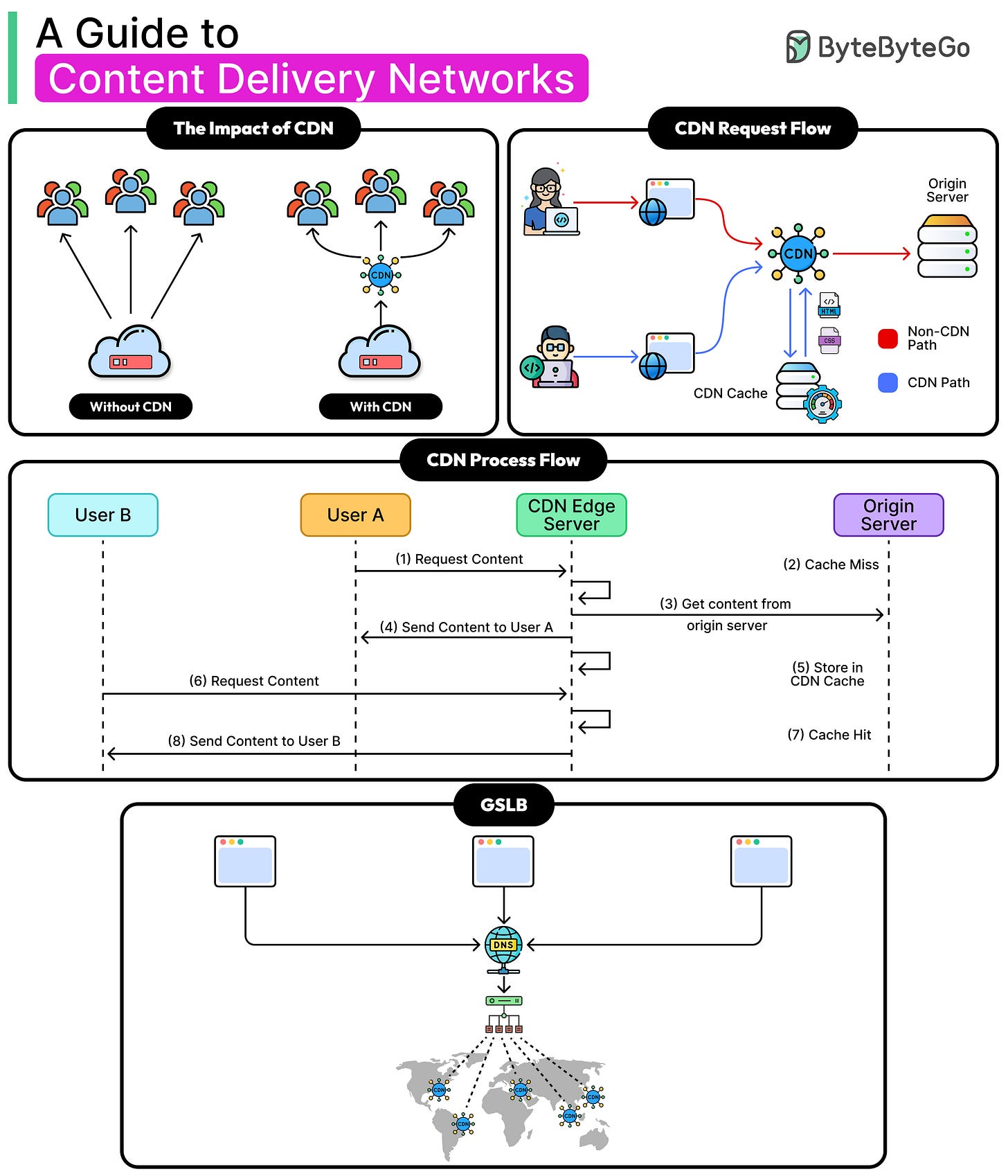A Detailed Guide to Content Delivery Networks
On the modern web, speed is a critical factor. When a page takes five seconds to load, conversion rates collapse. When it loads in under two seconds, engagement jumps and sales follow. The difference often comes down to how far the content has to travel.
Every request that crosses continents or bounces through congested networks adds milliseconds that pile up into seconds. Those seconds cost revenue, frustrate users, and put unnecessary strain on backend systems. Reducing that distance is one of the most effective levers for improving performance, and this is where a Content Delivery Network (CDN) comes into play.
A CDN is a globally distributed set of servers that places content closer to the people who consume it.
Instead of every request going back to a single origin server, the CDN responds from an edge location near the user, cutting round-trip times and offloading work from the origin. It also increases availability, absorbs traffic spikes, and adds a defensive layer against malicious traffic.
Today, CDNs sit in front of most large-scale web and mobile applications. E-commerce storefronts, streaming services, and SaaS platforms rely on them to deliver consistent performance across continents.
Understanding how they work, where they fit, and how to tune them is essential for designing resilient, high-performance systems. In this article, we will explore how CDNs work, their trade-offs, and best practices.



